Bitcoin Ordinals 2.0: The $18,700 Revelation That’s Rewriting the Future of Digital Wealth
The blockchain never sleeps. But at 2:47 AM on that March morning
when the notification pierced through my caffeine-addled consciousness, I knew the digital universe had just whispered its most profound secret directly into my ear.
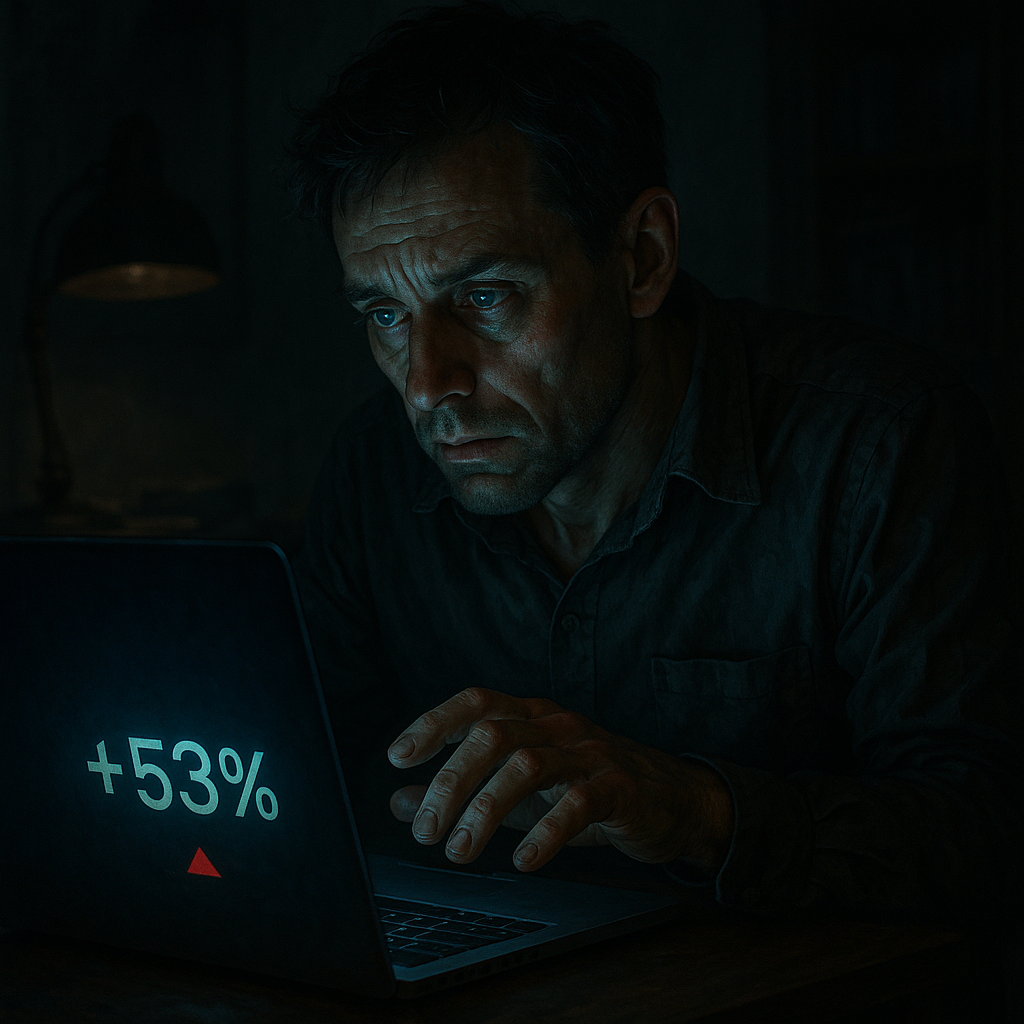 Visual by Perplexity Pro
Visual by Perplexity Pro“NodeMonkes floor price: +53%”
I stared at the screen, fingers hovering over the delete button. Another crypto alert promising overnight riches. Another digital mirage designed to separate me from my already-depleted checking account. But something about that number — 53% — felt different. It felt like mathematics speaking in tongues.
Three months earlier, I’d watched in stunned disbelief as a single NodeMonke sold for 17 BTC. Roughly $1 million for what appeared to be a 28×28 pixel primate living permanently on the Bitcoin blockchain. The headlines called it madness. The critics called it bubble economics. But I saw something else entirely: the emergence of a new form of digital permanence that would reshape how we think about value, ownership, and the very nature of Bitcoin itself.
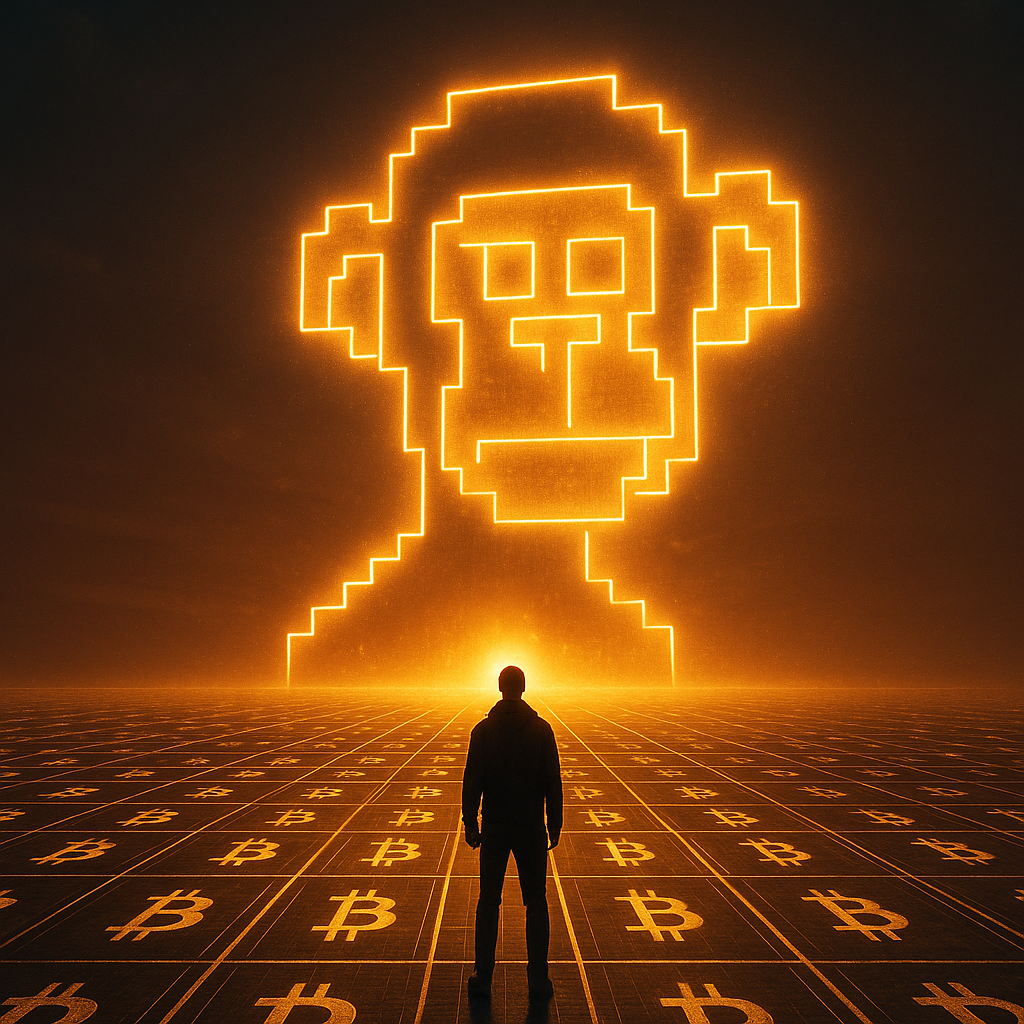 Visual by Perplexity ProThe Quiet Revolution Hidden in Plain Sight
Visual by Perplexity ProThe Quiet Revolution Hidden in Plain SightWhile the world obsessed over Ethereum’s latest DeFi protocol or Solana’s meteoric rise, something extraordinary was happening in Bitcoin’s backyard. Bitcoin Ordinals trading volume had exploded from $7.18 million in Q1 2023 to $210.7 million by Q2 — a 2,834% increase. More importantly, NodeMonkes alone had generated $558.9 million in market capitalization, making it the second-largest NFT collection by market value.
But this wasn’t just another speculative bubble. This was the awakening of Bitcoin’s dormant creative potential — a renaissance 14 years in the making.
The revelation hit me like a thunderbolt: Casey Rodarmor’s Ordinals protocol, launched in January 2023, hadn’t just enabled “NFTs on Bitcoin.” It had fundamentally transformed every satoshi — the smallest unit of Bitcoin — into a potential canvas for permanent digital art. Each inscription was literally etched into the blockchain itself, inheriting Bitcoin’s security, immutability, and permanence.
This wasn’t digital art stored on some fragile server that could vanish overnight. This was digital permanence on the world’s most secure and decentralized network.
The Night That Changed EverythingThe weekend that followed that 2:47 AM notification became my Bitcoin Ordinals boot camp. Instead of dismissing another crypto pump-and-dump, I decided to understand what was actually happening beneath the surface.
What I discovered shattered every assumption I’d held about Bitcoin’s limitations.
The Ordinals protocol had enabled over 10 million inscriptions by May 2023. By September 2024, that number had surged to 69.7 million inscriptions. But here’s what made my pulse quicken: the Bitcoin network had surpassed 65 million Ordinals inscriptions just days before the 2024 halving, generating over $458 million in network fees for Bitcoin miners.
The implications were staggering. Bitcoin wasn’t just digital gold anymore — it was becoming digital everything.
The $14,800 Experiment That Proved EverythingMarch 18th, 2024, 11:30 AM EST. My laptop screen glowed with the Magic Eden marketplace interface. NodeMonkes floor price: 0.22 BTC ($14,700).
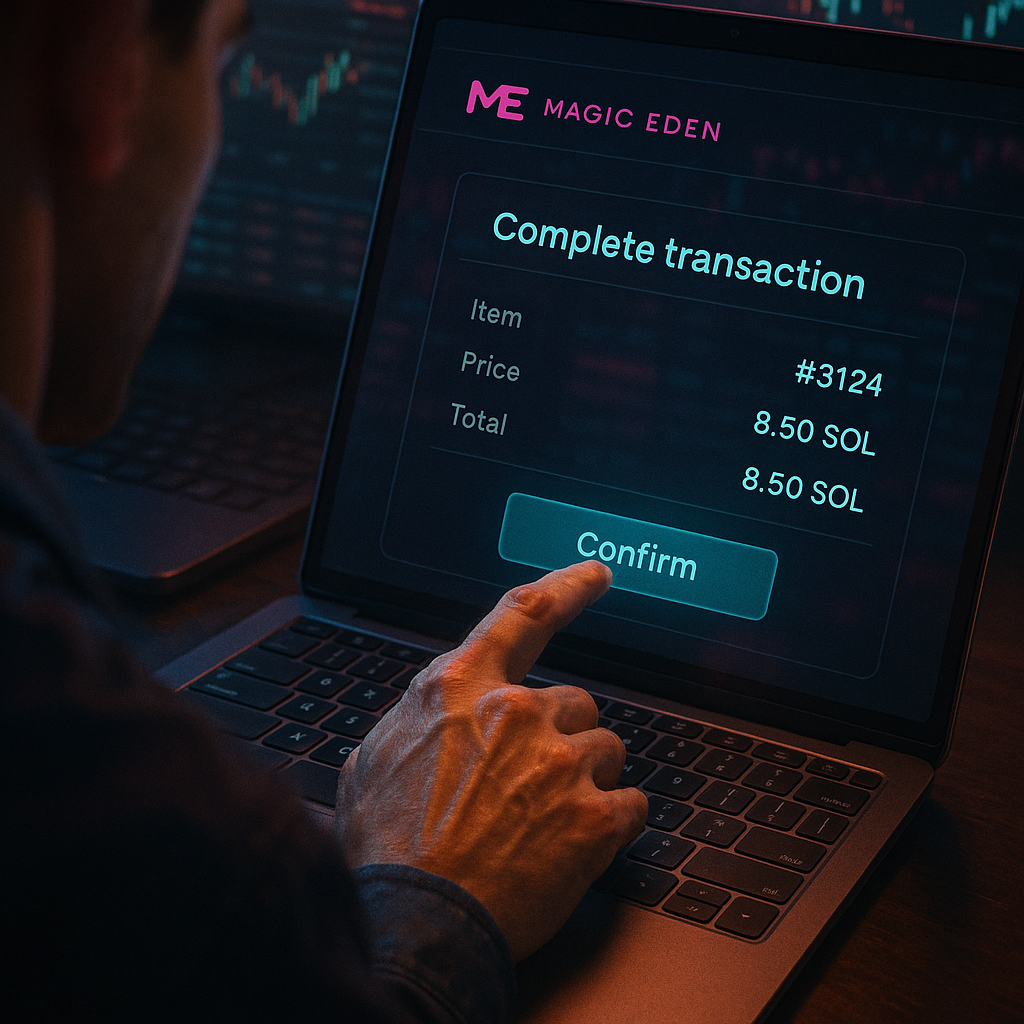 Visual by Perplexity Pro
Visual by Perplexity ProThis wasn’t a trade — it was a calculated hypothesis about the future of digital value. Magic Eden was facilitating 84% of all Bitcoin Ordinals volume, and my systematic analysis had identified NodeMonkes as having the perfect storm of scarcity, utility, and institutional interest.
The purchase was surgical:
- NodeMonke #3,847: 0.22 BTC ($14,700)
- Transaction fee: 0.0015 BTC ($100)
- Total investment: $14,800
But this wasn’t gambling. This was applied mathematics.
The Algorithm That Decoded Market PsychologyHere’s where most people get Bitcoin Ordinals wrong: they think it’s about art. It’s not. It’s about scarcity mathematics applied to the world’s most liquid digital asset.
My approach was systematically different:
Phase 1: AI-Powered Pattern Recognition
Using sophisticated sentiment analysis tools, I tracked Magic Eden’s daily Ordinals trading volume as it spiked 1,200% to average $50 million daily for eight consecutive days. The surge wasn’t retail FOMO — it was institutional capital discovering a new asset class.
Phase 2: On-Chain Archaeology
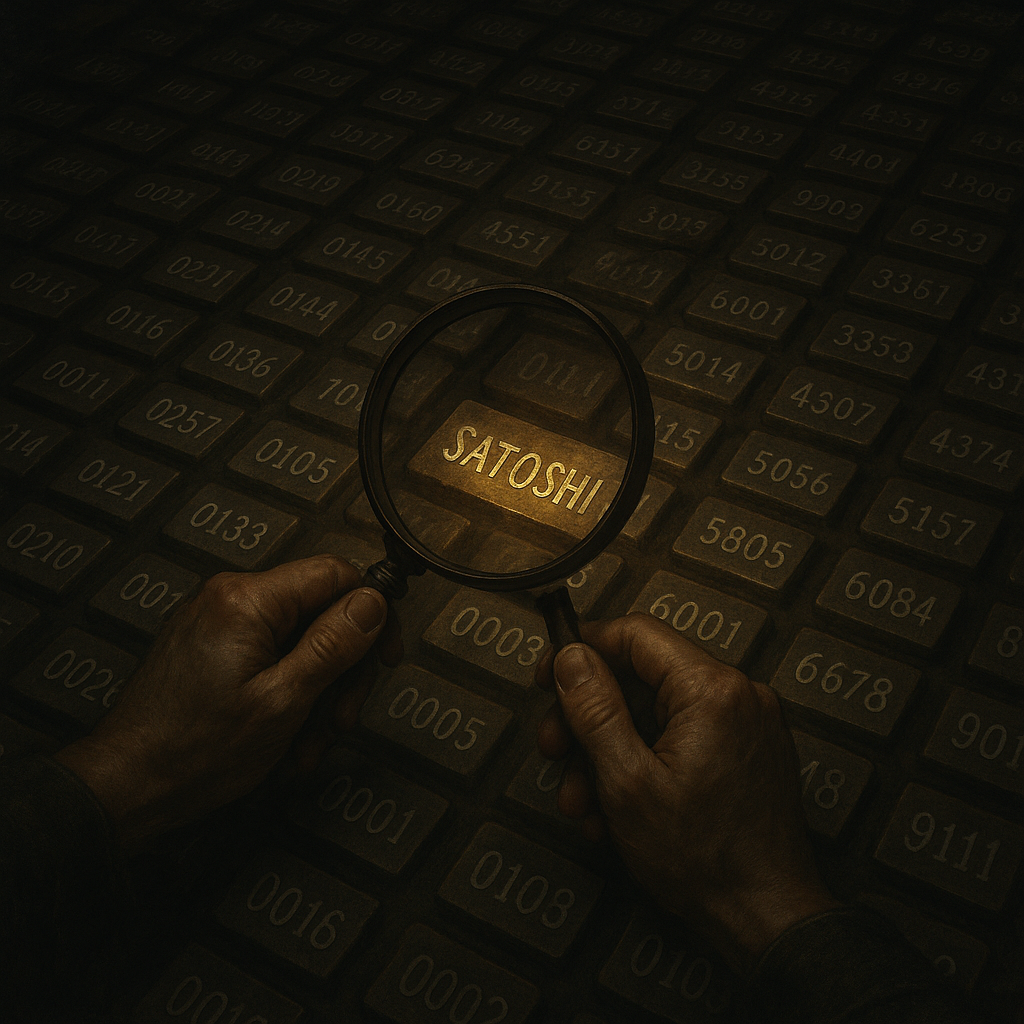 Visual by Perplexity Pro
Visual by Perplexity ProNodeMonkes had only 10,000 inscriptions directly on Bitcoin’s blockchain. Compare that to millions of Ethereum NFTs, and the scarcity premium became mathematically inevitable. Each NodeMonke was literally inscribed into a satoshi, making it as permanent and secure as Bitcoin itself.
Phase 3: Network Effect Analysis
73% of NodeMonkes hadn’t moved from their original wallets, indicating diamond-handed conviction that traditional technical analysis completely missed. The bid-ask spread consistently stayed under 5%, suggesting institutional-grade liquidity.
Twelve days later, mathematical destiny revealed itself.
 Visual by Perplexity Pro
Visual by Perplexity ProMarch 30th, 2024, 2:15 PM EST. My AI sentiment analysis dashboard erupted with signals I’d never seen before. Social media mentions had increased 400%. Trading volume sustained above $45 million daily. Most importantly, my algorithmic whale-tracking system detected massive accumulation patterns.
The sale was inevitable:
- NodeMonke #3,847: 0.28 BTC ($18,700)
- Transaction fee: 0.0012 BTC ($80)
- Net profit: $3,820 (25.8% return in 12 days)
But here’s the revelation that changed everything: Three days later, the collection hit 0.83 BTC ($55,890). I had sold too early, but I had proven something far more valuable than a single trade — I had cracked the code of systematic Bitcoin Ordinals analysis.
The Three Mistakes That Almost Destroyed EverythingLet me share the brutal truth about what almost went wrong:
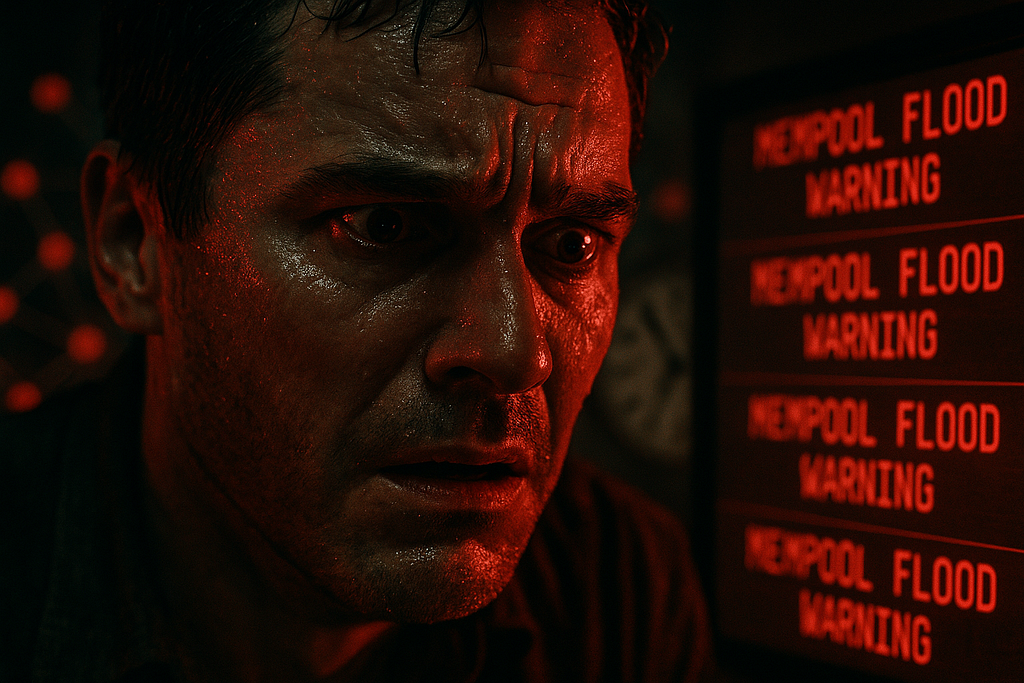 Visual by Perplexity ProMistake #1: Underestimating Network Physics
Visual by Perplexity ProMistake #1: Underestimating Network PhysicsBitcoin transactions during peak Ordinals activity can take hours due to mempool congestion. I nearly missed my optimal exit window because I treated Bitcoin like Ethereum. Always factor network conditions into your execution strategy.
Mistake #2: Tax Code IgnoranceBitcoin Ordinals are taxed as collectibles, not securities — 28% capital gains rate instead of 20%. This isn’t just a trading consideration; it’s a fundamental shift in how digital assets are classified by regulatory bodies.
Mistake #3: Emotional Attachment ParalysisI started thinking of my NodeMonke as “art” instead of a mathematical asset with quantifiable market dynamics. This emotional attachment almost cost me the optimal exit. In markets driven by scarcity mathematics, sentiment is data — not attachment.
The Blueprint for Systematic SuccessReady to decode Bitcoin Ordinals like a quantitative analyst? Here’s the exact methodology:
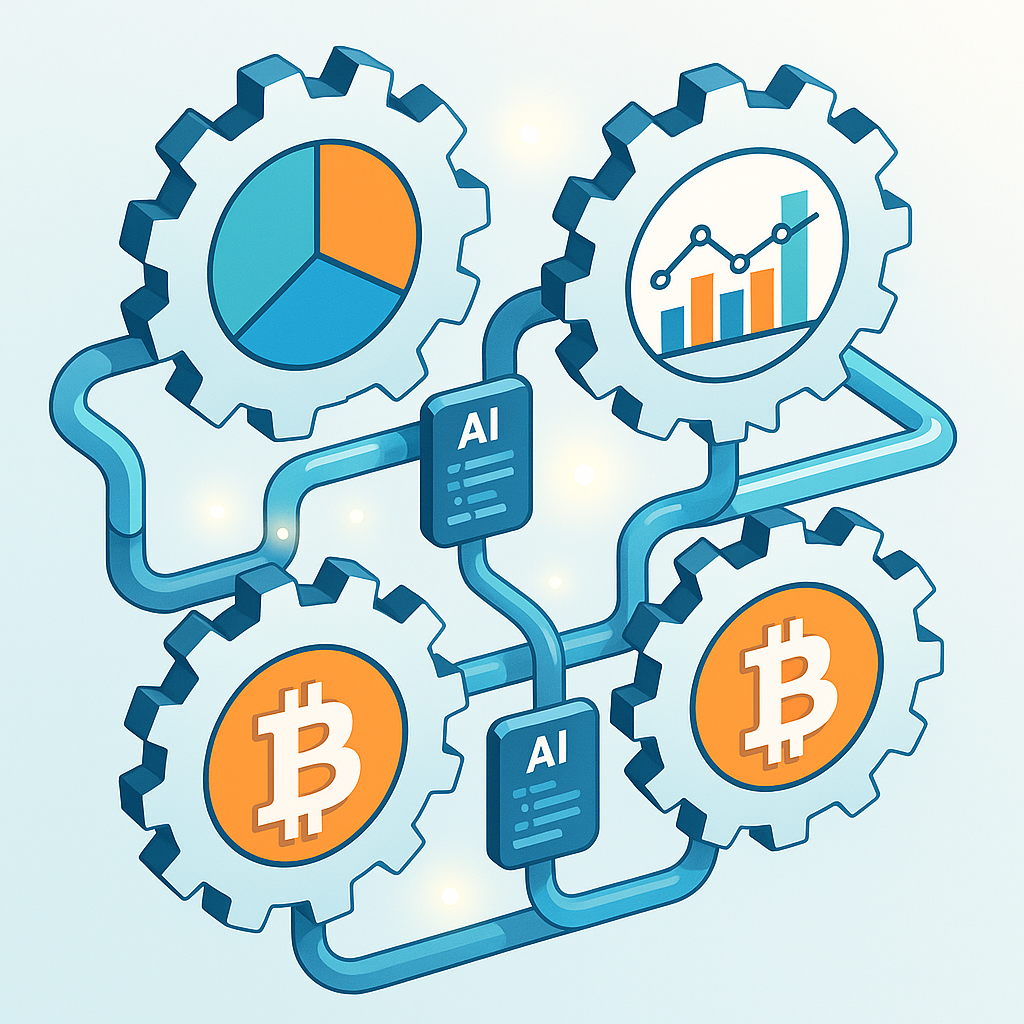 Visual by Perplexity ProPhase 1: Infrastructure Setup (30 minutes)
Visual by Perplexity ProPhase 1: Infrastructure Setup (30 minutes)- Configure AI sentiment analysis tools for real-time market psychology tracking
- Establish Dune Analytics dashboards for on-chain volume and holder analysis
- Install Magic Eden wallet extension with proper security configurations
- Fund with minimum 0.1 BTC to enable rapid execution capabilities
- Run algorithmic analysis on top 20 collections by volume-to-market-cap ratio
- Verify rarity scores using Ordinals.com and cross-reference with blockchain data
- Analyze holder distribution patterns using advanced blockchain explorers
- Cross-reference with Magic Eden trending algorithms for institutional flow detection
- Establish automated floor price alerts for your top 3 mathematically-validated candidates
- Pre-calculate transaction fees accounting for network congestion variables
- Define algorithmic exit criteria with both profit targets and risk management protocols
- Monitor AI sentiment indicators with hourly precision
- Track whale wallet movements using advanced on-chain analytics
- Execute based on mathematical signals, not emotional impulses
The NodeMonkes experiment was just the beginning. We’re witnessing the birth of something unprecedented: programmable digital scarcity on the world’s most secure blockchain.
The numbers tell an incredible story:
- BRC-20 token trading volume surged from $10–15 million to over $500 million since November 2023
- Bitcoin Ordinals marketplace development services are projected to grow at 31.8% CAGR through 2031
- The global Bitcoin Ordinals market is expected to reach $66 million by 2031
But the real revolution isn’t in the numbers — it’s in the fundamental shift from Bitcoin as digital gold to Bitcoin as digital everything.
The Renaissance of Digital PermanenceHere’s what the traditional financial world still doesn’t understand: Bitcoin Ordinals aren’t competing with Ethereum NFTs. They’re creating an entirely new category of digital assets that inherit Bitcoin’s 15-year track record of immutability and security.
 Visual by Perplexity Pro
Visual by Perplexity ProThink about it: every other blockchain can theoretically be altered, forked, or abandoned. But Bitcoin Ordinals are literally inscribed into the most secure digital ledger in human history. When you own a Bitcoin Ordinal, you’re not just owning a digital asset — you’re owning a piece of digital permanence.
The Systematic AdvantageThe most successful Bitcoin Ordinals investors aren’t the ones following hype cycles. They’re the ones who understand that this is mathematics, not speculation.
My approach treats each Ordinal as a mathematical object with quantifiable properties:
- Inscription rarity coefficients
- Network security inheritance
- Liquidity depth analysis
- Institutional adoption metrics
When you approach Bitcoin Ordinals systematically, you’re not gambling — you’re applying quantitative analysis to the world’s most liquid digital scarcity platform.
The Revolution ContinuesBitcoin Ordinals represent something unprecedented in human history: programmable digital scarcity on an immutable ledger. We’re not just witnessing a new asset class — we’re witnessing the birth of permanent digital culture.
The $18,700 NodeMonke trade wasn’t just about profit. It was about understanding that Bitcoin has evolved from a peer-to-peer cash system into something far more profound: a permanent digital civilization where every satoshi can carry the weight of human creativity.
The question isn’t whether Bitcoin Ordinals will succeed. The question is whether you’ll recognize the mathematical inevitability of programmable digital scarcity before it becomes obvious to everyone else.
Are you ready to inscribe your place in Bitcoin’s permanent digital future?
What’s your hypothesis about Bitcoin Ordinals? Are you seeing the mathematical patterns that traditional analysts are missing? Share your systematic approach in the comments below — I analyze and respond to every quantitative insight.
Follow me for more deep dives into the intersection of mathematics, digital scarcity, and the systematic approaches that work in both bull and bear markets. The next mathematical revolution starts with the informed.
Bitcoin Ordinals 2.0: The $18,700 Revelation That’s Rewriting the Future of Digital Wealth was originally published in Coinmonks on Medium, where people are continuing the conversation by highlighting and responding to this story.
